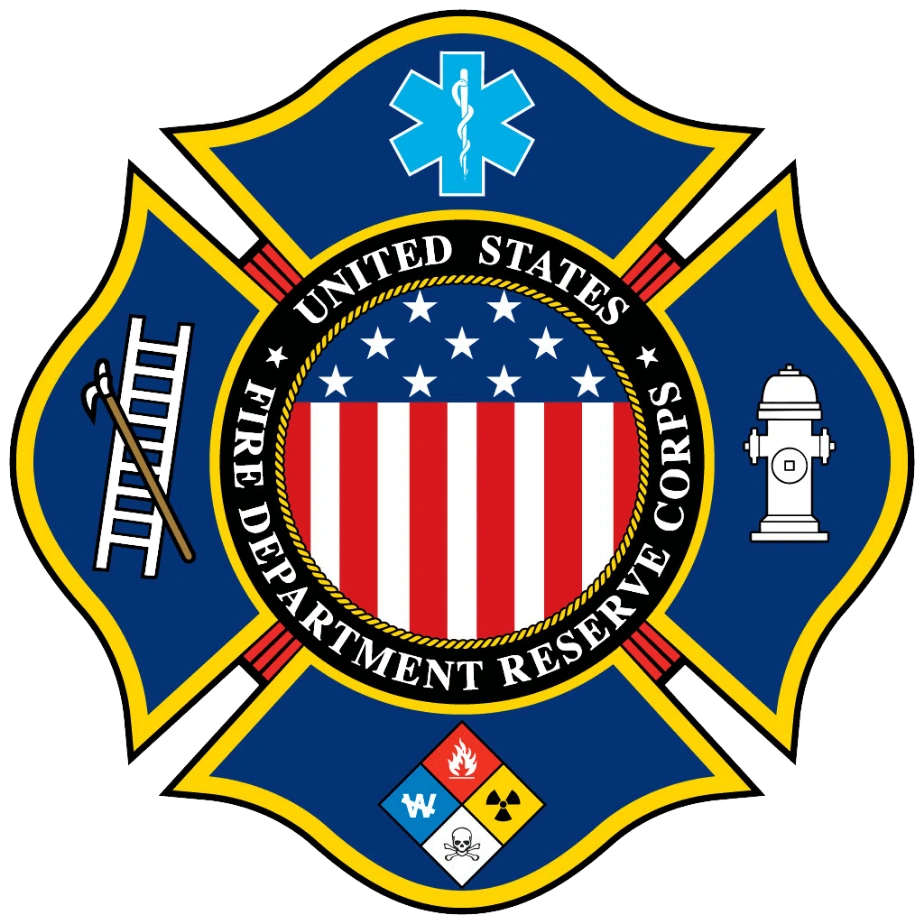NATIONAL STATISTICS
Mental Health and Suicide of American’s First Responders
American’s first responders are the first on the scene to face challenging, dangerous, and draining situations. They are also the first to reach out to disaster survivors and provide emotional and physical support to their communities. These duties, although essential to the entire community, are strenuous to first responders and with time put them at an increased risk of mental health trauma and behavioral health consequences, (such as but not limited to PTSD, stress, and depression).
Study Examines Higher Suicide Rates Among First Responde
The recently published study in the Journal of Safety Research, An analysis of suicides among first responders — Findings from the National Violent Death Reporting System, 2015–2017, examines the factors contributing to higher suicide rates among first responders.
Using data from the Centers for Disease Control and Prevention’s National Violent Death Reporting System (NVDRS), combined with occupational data from the National Institute for Occupational Safety and Health, this study draws comparisons between first responder suicides and non-first responder suicides. It also draws comparisons between suicides within specific first responder occupations, including firefighters, emergency medical services (EMS) providers and telecommunicators.
Research findings:
- Data from the NVDRS indicates that first responders made up 1% of all suicides from 2015-2017
- When broken down by response discipline, these first responder suicides occurred among law enforcement officers (58%), firefighters (21%), EMS providers (18%) and public safety telecommunicators (2%).
- Compared to suicides of non-first responders, more first responders used a firearm as the method of injury (69% versus 44%).
- Among first responder suicides for whom circumstances were known, intimate partner problems, job problems and physical health problems were most frequent.
This study provides a small glimpse into the stressors contributing to first responder suicide and indicates that more detailed research could inform suicide prevention efforts and interventions among the first responder workforce."
This article is based on content in the
External Link: https://content.govdelivery.com/accounts/USDHSFACIR/bulletins/35f2855

